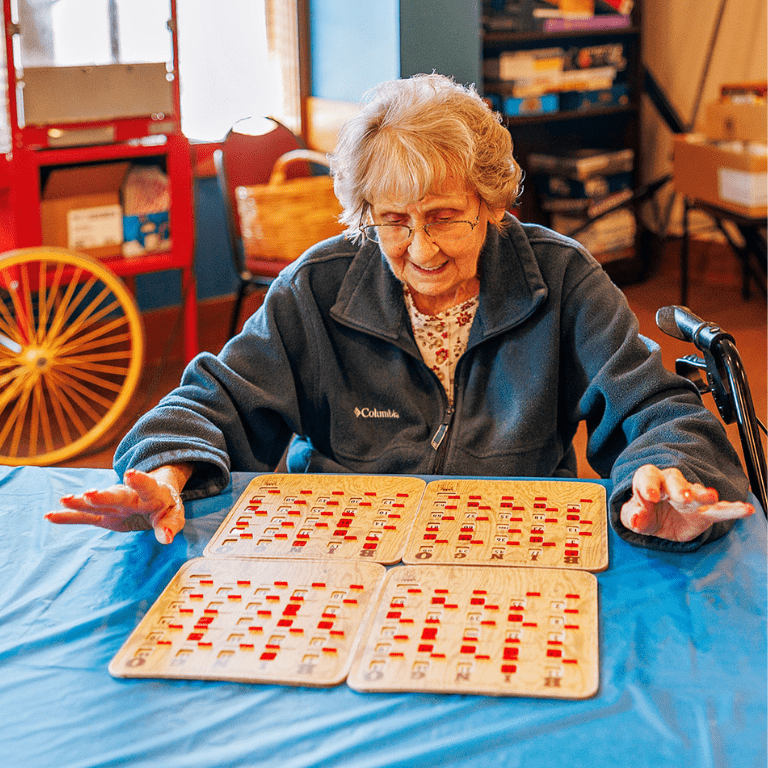
WELLNESS
Everyone deserves great care. Peoples Senior Living provides residents with all the care and services they need to live a rich, fulfilling lifestyle.

DINING
Part of living well is eating well. Residents of Peoples Senior Living enjoy delicious, gourmet, seasonal meals cooked to order and packed with the nutrients aging bodies need.

ACTIVITIES
Fun, enriching, and engaging activities help add purpose and joy to your days. Peoples Senior Living offers residents a rich variety of daily activities to choose from.







